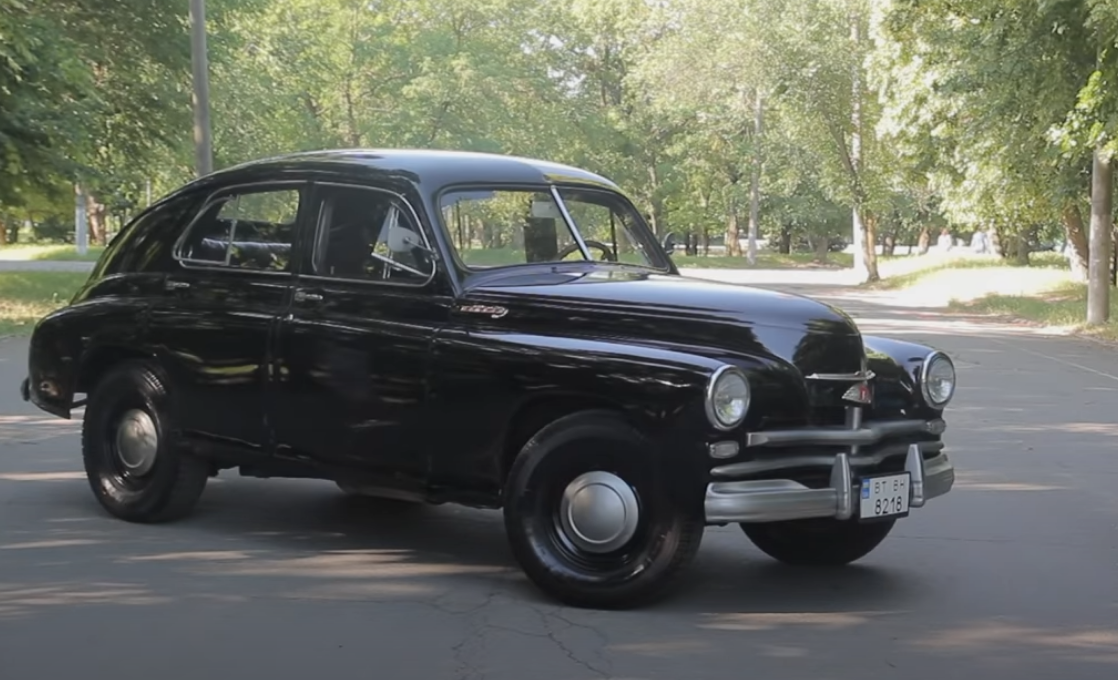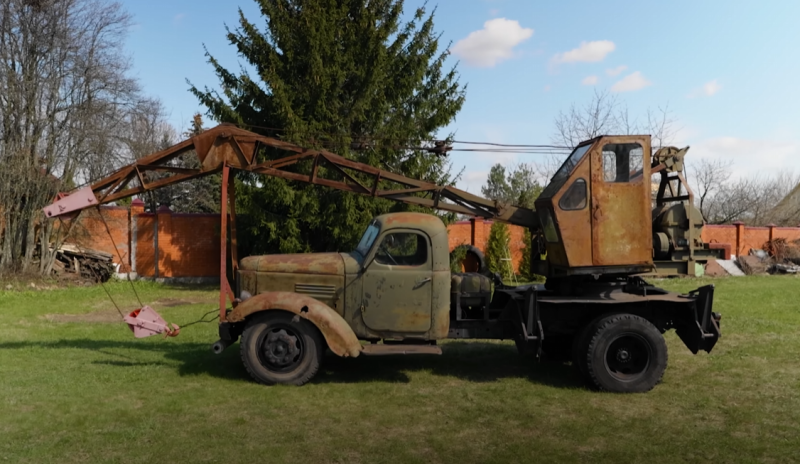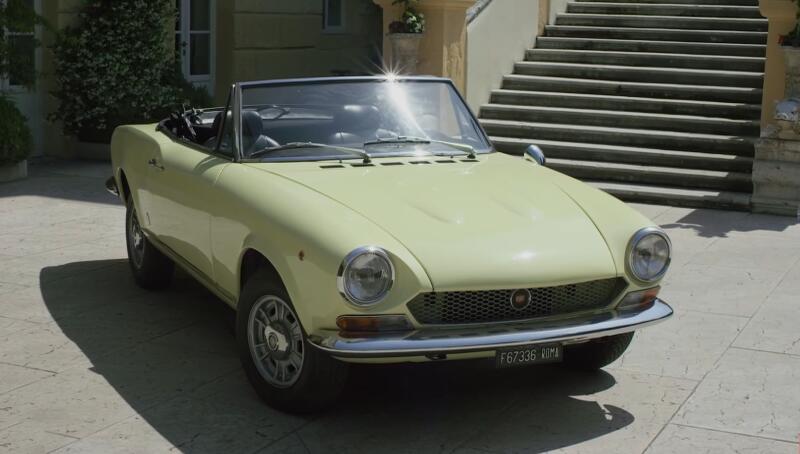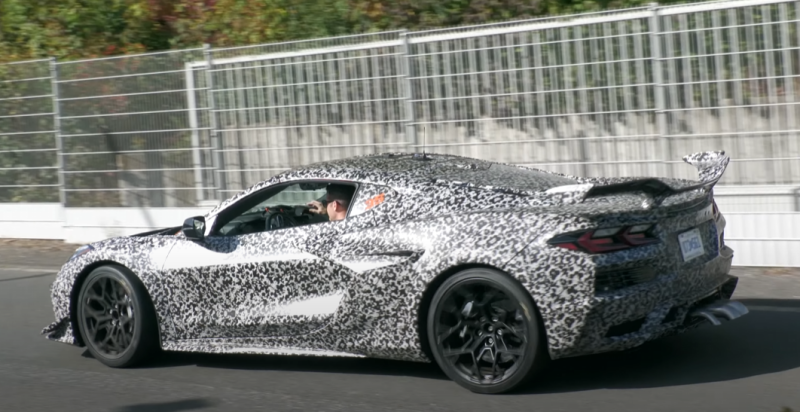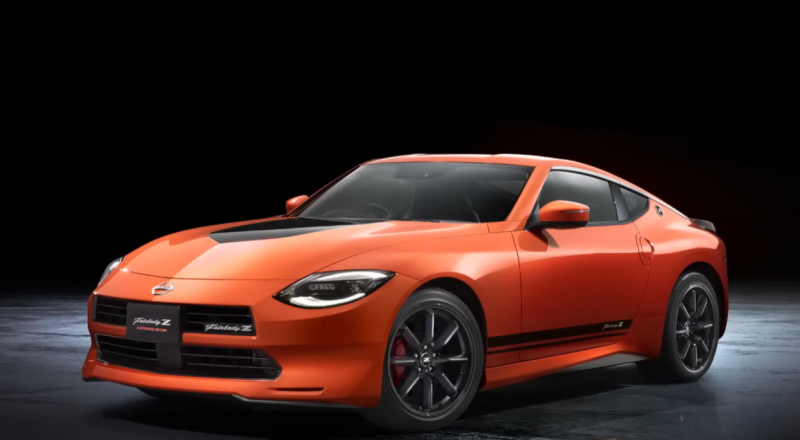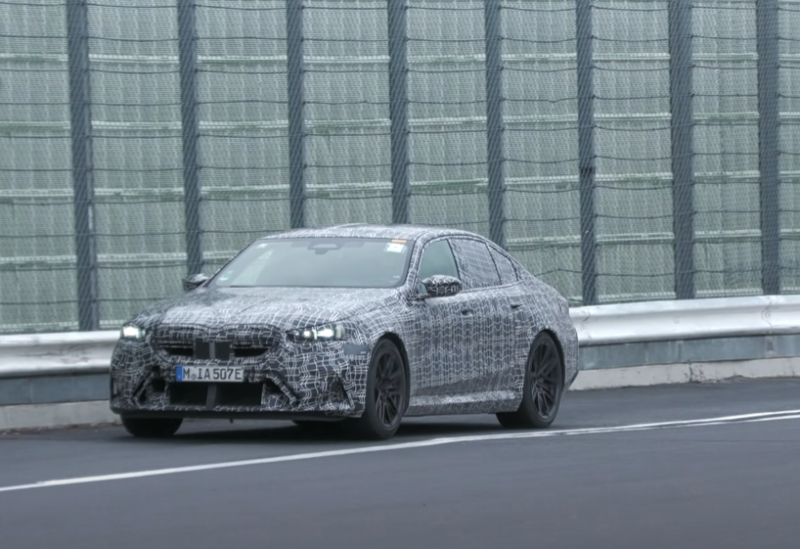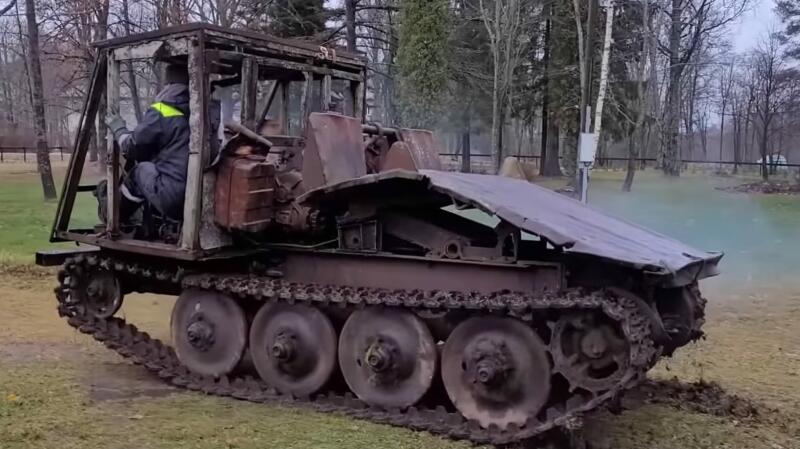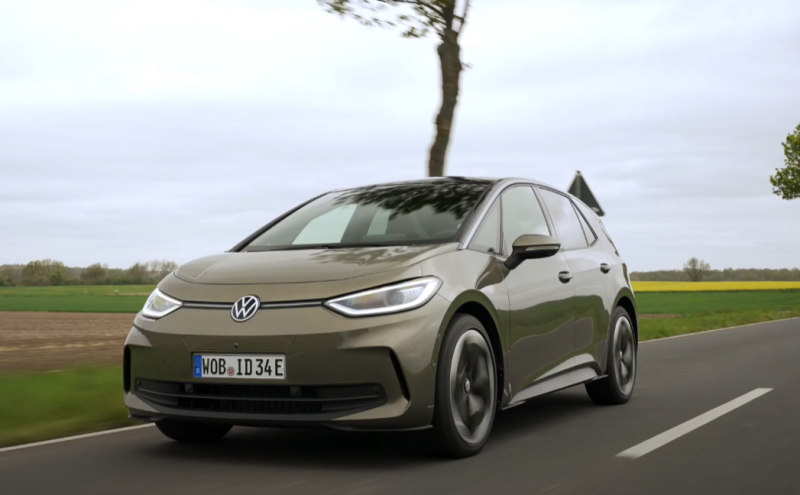By the way, this emblem was on cars before the second modernization, restyling, as they say now. Then it disappeared to please economists - they say, it is necessary to reduce the cost of production. It happened in 1962.
But the real legend of the Soviet automobile industry was not the Volga GAZ-21 at all, but the Pobeda GAZ-M-20. The car was developed during the difficult war years - it is already unique in this.
The story of
It was always tense with cars in the USSR, although in the second half of the 1930s the situation began to gradually change for the better.
 Already in the 1980s, such a state of victory was the norm. Photo: Youtube.com
Already in the 1980s, such a state of victory was the norm. Photo: Youtube.comThree main models of different classes were produced in the country:
- ? ZiS-101
- ? GAZ-M1
- ? KIM-10-50
These cars cannot be called their own developments - they were created "based on" foreign analogues.
In early February 1943, when it became clear that the USSR would win the Great Patriotic War, a meeting was held in Moscow dedicated to the development of a new passenger car.
Andrey Alexandrovich Lipgard showed sketches of a model, technically similar to the 1939 Opel Kapitan, but outwardly seriously different. Front suspension copied from Opel to reduce development time.
In November 1944, a full-fledged running layout of the model was prepared at the Gorky Automobile Plant. The car was finalized and tested at the internal test site.
 In this state, the Victory will cost at least 500 rubles. Photo: Youtube.com
In this state, the Victory will cost at least 500 rubles. Photo: Youtube.comBy the summer of 1945, two GAZ-M-20s had already been reviewed in the Kremlin. One of them was equipped with a six-cylinder engine, the second with a four-cylinder one.
Stalin, who was first shown the models, immediately rejected the powerful version. He said that you should not focus on the ZiS-110 and the car should only be a four-cylinder.
Got from the head of the party and the alleged name of the Soviet car. The leadership of the Gorky plant called the car the Motherland. Upon learning of this, Stalin sarcastically asked how much they were going to sell it for? After that, such a name was out of the question - as a result, the car was called Victory.
Initially, the GAZ-M-20 was assembled by hand, assembly line production started only in 1947.
Modifications to the model
Cars improved all the time - eliminated the problems that consumers complained about. But the first major modernization took place only in 1947, when the car began to be assembled on an assembly line.
The radiator grille, sidelights have changed, a cross member has appeared on the front bumper.
In 1950, the three-speed gearbox was replaced with a new one - with synchronizers and a shift paddle. At the old checkpoint, it was located on the cover of the unit.
In 1952, the engine was finalized by expanding the fuel supply channels. Due to this, the power increased from 50 to 52 hp. With.
 But this is already an exhibition copy, you can’t buy it for less than 2 million! Photo: Youtube.com
But this is already an exhibition copy, you can’t buy it for less than 2 million! Photo: Youtube.comThe next "restyling" took place in 1955. Then the car received a new GAZ-M-20V index. Externally, the 1955 model year version can be distinguished by a grille with decorative overlays. The designers tried to fix all the flaws.
But in 1956, the production of the GAZ-21 Volga began at the Gorky Automobile Plant. The new model was more modern, and outwardly it copied the style of American cars. After 2 years, the GAZ-M-20V was discontinued.
Non-standard modifications
In addition to the usual fastback body, there was a car in the modification of a convertible. This is a small-scale model for the southern Soviet republics. When the GAZ-M-20V version appeared, they abandoned the open body type, considering it bourgeois and capitalist.
Sometimes they talk about vans or pickups, they say, such modifications were also produced at the Gorky Plant. But these are all stories, although they did sometimes come across on the roads of the Soviet Union.
 Victory in the factory version of the convertible. Photo: Youtube.com
Victory in the factory version of the convertible. Photo: Youtube.comHow could this happen? The fact is that the decommissioned Pobeda could be used for the internal needs of the enterprises where they worked. So they cut them up, turning them into vans and pickups.
The most popular myths
In the 1980s, when it became problematic to meet the GAZ-M-20 Pobeda on the city streets, many myths were born around these cars. The idea that was brought up in the conversations of the drivers was formed as follows: “Under Stalin, cars were made to last, but now they are just rubbish!”
Nothing changes, right? Now they also talk about cars from the 1980s and 1990s. And where are they, these mega-reliable machines? Rotten for the most part?
But all the same, Soviet drivers recalled the Victory with warmth, especially when, during the next trip to the dacha, this armored car raced along potholes like roads, overtaking everyone.
According to the first myth, the GAZ-M-20 was distinguished by its large body size and spacious interior. This is true, but partially. Compared to the GAZ-21, Pobeda did not stand out in size, but next to the Zhiguli and Muscovites it looked monumental. But these are different classes of cars!
By the way, there was one innovation in the design of the model for Soviet cars, which no one remembers. This is a separate trunk, where you do not need to climb through the cabin!
 The engine is simple, maintainability is high. Photo: Youtube.com
The engine is simple, maintainability is high. Photo: Youtube.comThe following myth speaks about the level of equipment and comfort of the Victory. Say, there was neither one nor the other in this car. But this is all slander - rather, on the contrary, the GAZ-M-20 was distinguished by rich equipment for its class in those years.
There's a clock, radio, windshield blower, electric windshield wipers. The interior trim was also distinguished by the quality and richness of execution.
There is a myth that speaks of the unpretentiousness of the Victory. This is true - any person who has ever opened the hood of the Soviet Volga will readily believe in this.
GAZ-M-20 did not differ much from its successor. The design is simple and maintainable, so that the driver can fix everything on his own in the field.
The Pobeda engine is designed for low-octane gasoline, so it could be refueled in any village.
There is a myth about the incredible strength of the car. On the one hand, this is true - compared to the Zhiguli and Muscovites, the GAZ-M-20 was distinguished by the durability of the walker. But for its production years, when there were few good roads far from cities, the car was similar in terms of cross-country ability to other Soviet models.
Tales are told about a body thickness of 15 mm in some places. Say, in the USSR they did not spare metal, so the Victory was strong, like a tank. But the point here is not in the thickness, but in tinning. By the way, also another myth. The legendary, allegedly completely tinned body did not exist.
 The American school of automotive industry is clearly visible. Photo: Youtube.com
The American school of automotive industry is clearly visible. Photo: Youtube.comBut there was enough tinned alloy at Pobedy - it was used to fit parts to each other. We can say that tin served as putty. But it did not fall off and, plus, it protected the car body from the external environment, that is, it did not rust.
Well, the last myth that Pobeda is a copy of the 1938 model year Opel Kapitan, only with a different body. It is enough to ask the restorers who worked with these two cars, and they will say that they do not have a single interchangeable part!
You can buy an old Soviet car, like Pobeda, even now. On average, well-preserved specimens are asked for about 500 rubles.
If there is an opportunity to save this car in a warm garage, you can take it, in 50 years your grandchildren will earn millions on it! Yes, and it will be very pleasant to restore the most budgetary and incomplete option for years!
